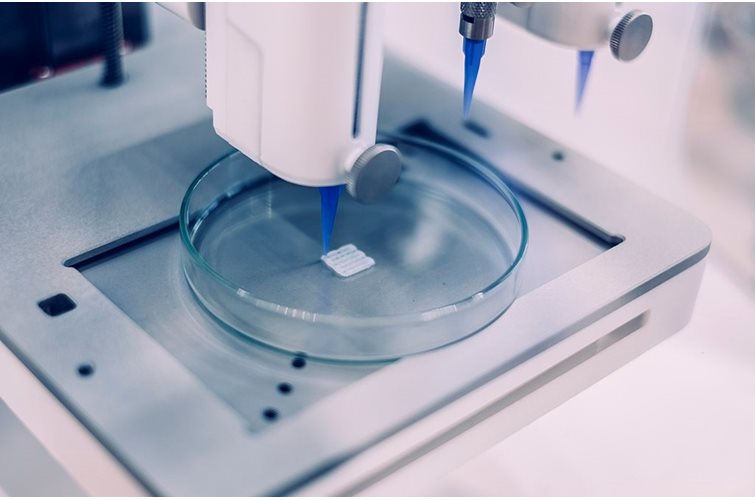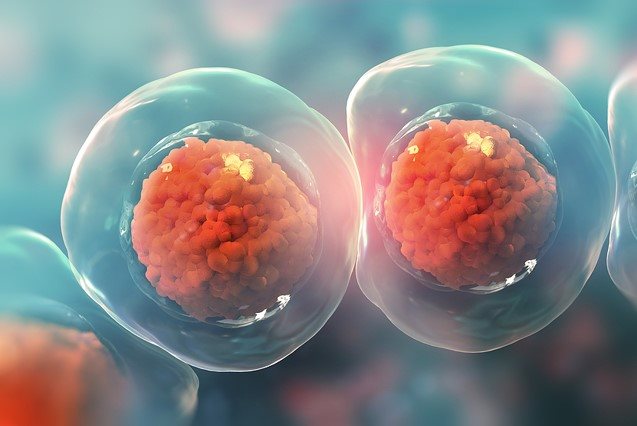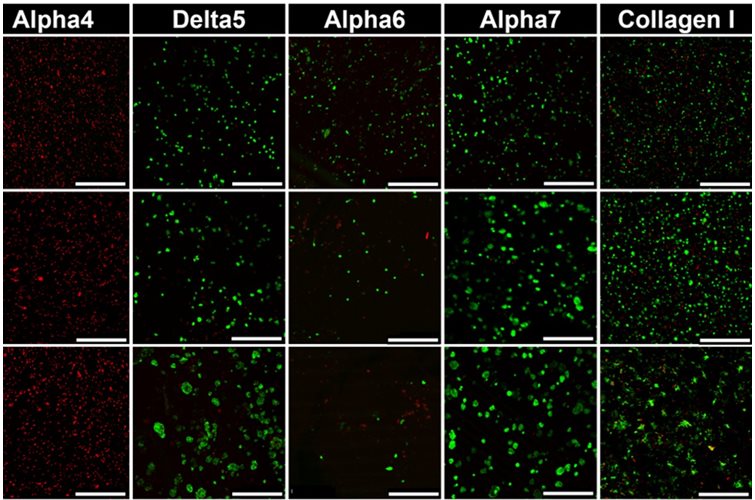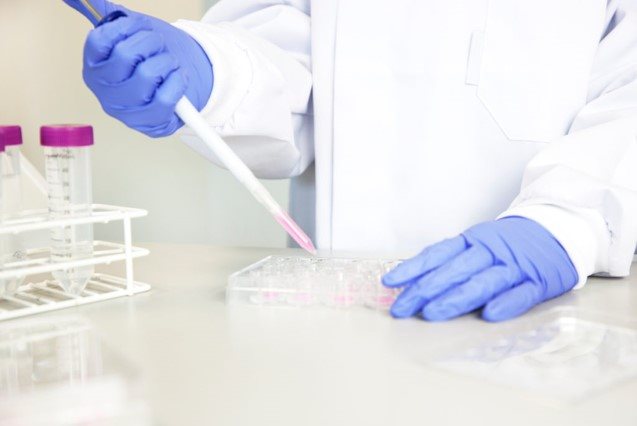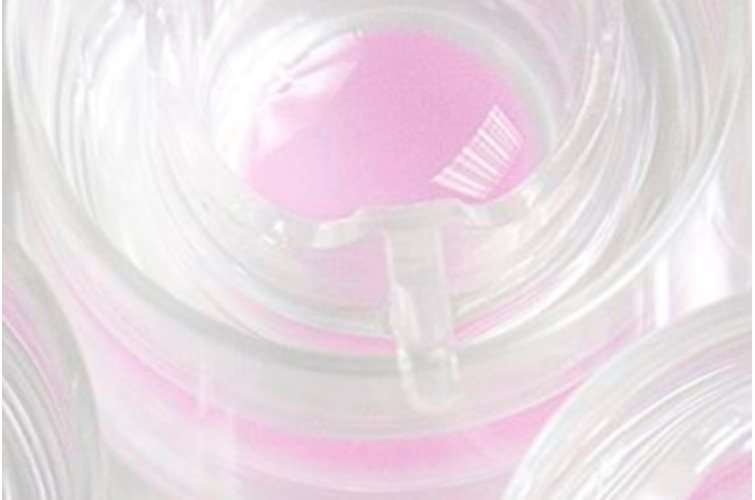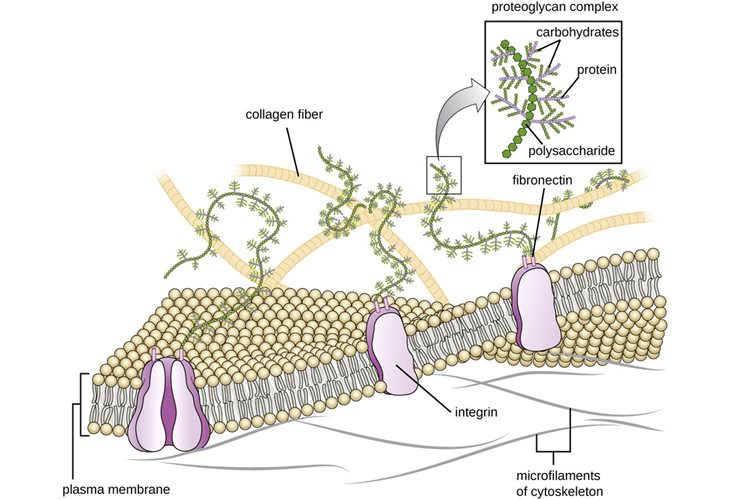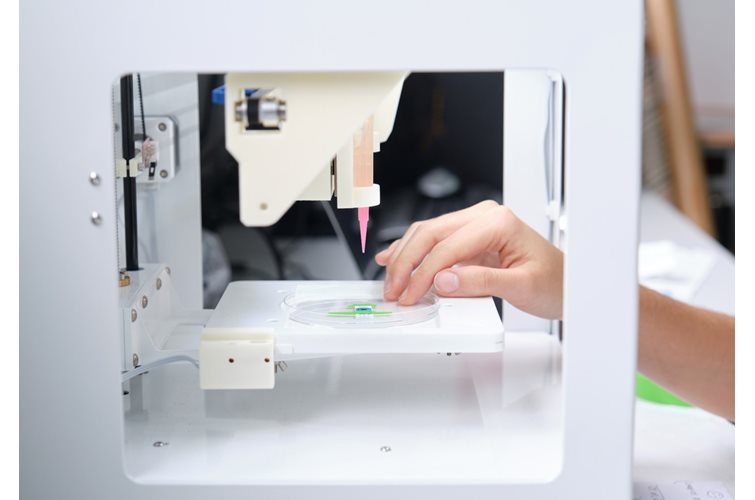Top 10 cytokines and chemokines for immunotherapy of cancer

The efficacy of chemokines and cytokines can vary depending on the type of cancer and the individual immune response of each pateint. However, some cytokines and chemokines stand out for their promise in cancer immunotherapy based on their roles in modulating the immune response. The following is a brief summary of some of these. They are listed in rough order of their relative importance.



